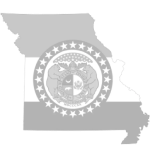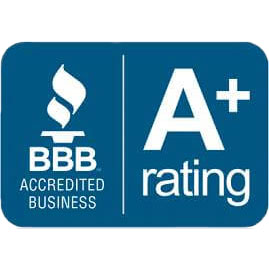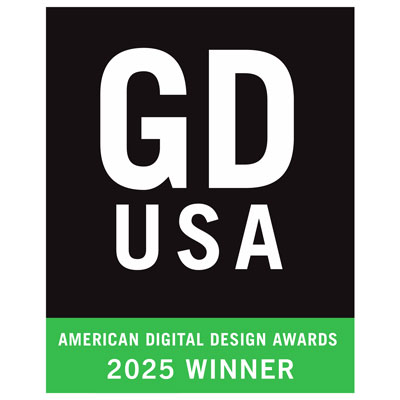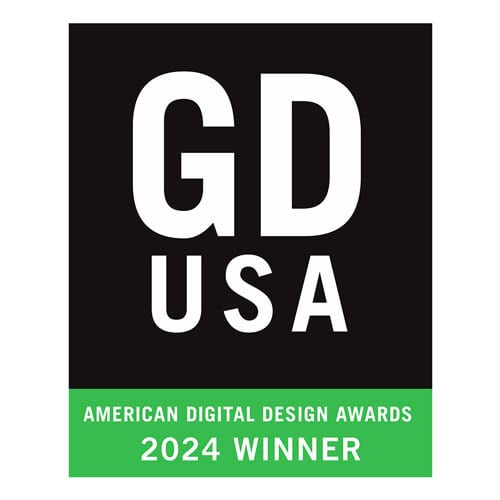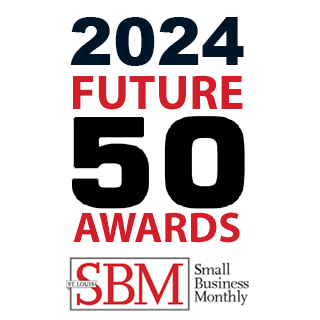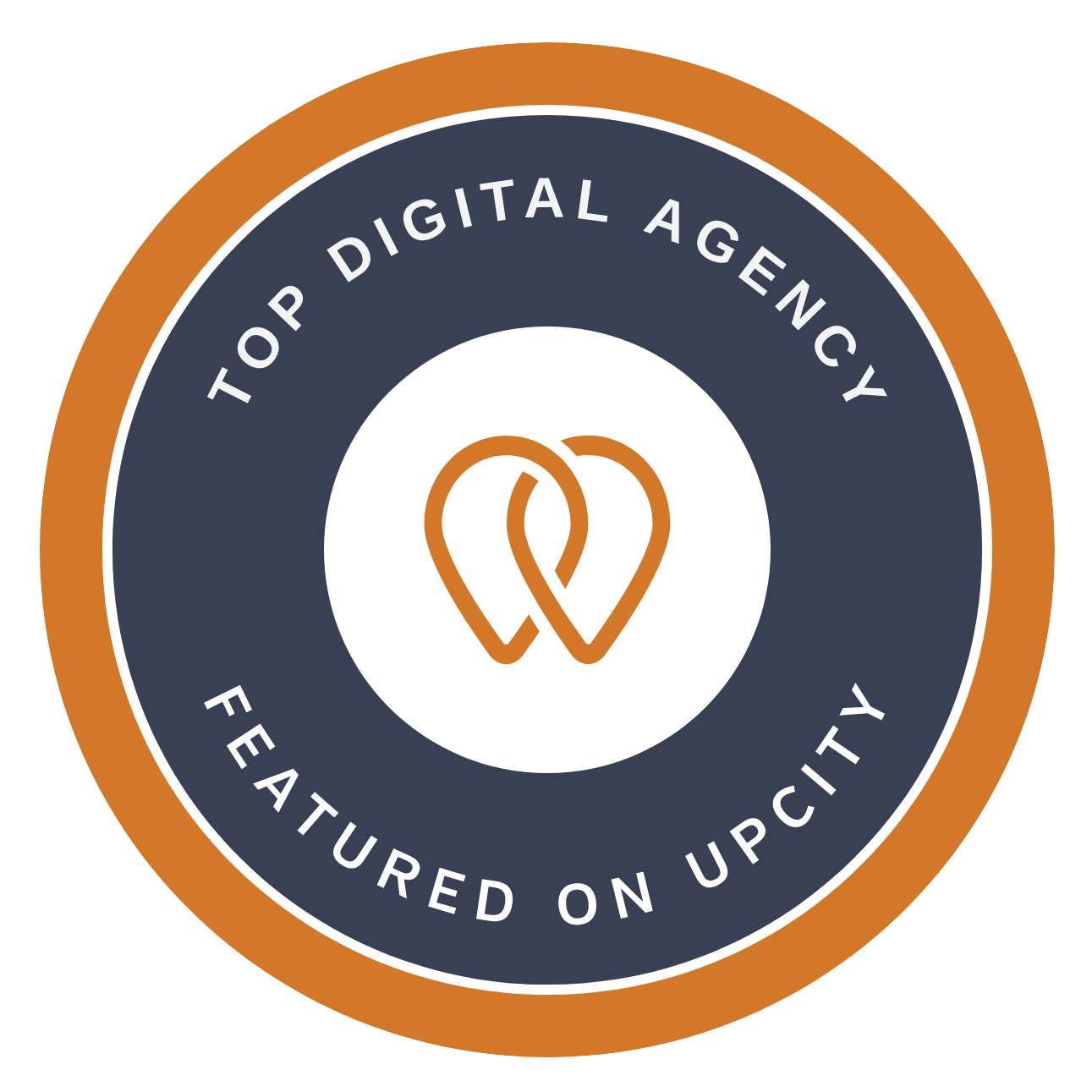Web Design & Development
July 6, 2017 | Nikki Bisel


What is marketing? It seems like a simple question.
While some may believe that marketing is mostly comprised of ads that help companies sell products or services, the truth is that it’s more complex than what it appears to be on the surface. Marketing utilizes many different tools and builds upon various perspectives of expertise in order to help companies achieve success.
Throughout our What is Marketing? mini series, we’re diving into the four major components of marketing and how they all work together to form one cohesively powerful marketing strategy.
In this fourth section, we’re discussing how web design and development facilitate online engagement and influence conversion rates.
Web design and web development are two sides of the same coin; one cannot exist without the other, making them essential components to a brand’s online presence.
Web design encompasses the exterior of a website. This includes various visual elements, such as the user interface (UI), user experience (UX), graphics, copy, etc.
Web development is the interior of a website. This space contains the technical aspects of a website’s functionality, such as the programming language (Java, PHP, Python, etc.) and the code used throughout the site (HTML, CSS, JavaScript, etc.), all of which contribute to the user experience.
Together, these elements dictate the way a website looks, feels and functions.
Ultimately, a brand’s website is the hub for everything pertaining to the brand’s identity – their goals, mission, about section, products/services, etc. – all of which determine how their online presence will be perceived by consumers. As a result, it is imperative that your brand’s website is tuned for optimal performance.
If the exterior design isn’t clean and appealing, or if the backend functionality isn’t optimized to provide a smooth experience, visitors are less likely to engage with the site’s various elements, which will greatly reduce a brand’s earning potential.
To ensure this doesn't happen, web designers/developers commonly focus on these two critical elements…
A user interface is the bridge between a user and a piece of software; it is the element of technology that allows normal people to easily engage with an otherwise complex platform.
Historically, the first user interface for a computer wasn’t powered by a point-and-click mouse; PCs largely used text-based interfaces, forcing the user to type a string of code into a connected keyboard just to complete even the most menial of commands. Decades after the first computer was created, the mouse simplified this process by eliminating the vast majority of code that was required to operate them; inevitably, the mouse also made personal computers much more accessible to average people (and empowered developers to create software for these normal people). Even today, with the advent of smartphones and tablets, user interfaces have been adapted again to encompass multi-touch displays that allow for swipe gestures to be used to navigate websites and apps.
In short, UI governs the way any piece of software looks, feels and moves. This includes all icons, buttons, boxes, graphics, animations, tables and more.
A user experience is nearly self-explanatory: it is the experience a user receives as a result of softwares’ visual structure and technical refinement. Essentially, UX combines both elements of website creation (design and development) into one neat, cohesive package.
On a human level, the user experience is a culmination of how a website’s functional elements (including UI) make a user feel. When taking user experience into account throughout the website creation process, a designer/developer must ask him-/herself the following questions:
- Is the interface clean or cluttered?
- Is the software easy to user or is it complex?
- Can users quickly and effortlessly find what they are looking for?
- Does the software elicit emotion: happiness, sadness, anger, etc.?
- Can anything be done to make the user experience better?
When the web was young, user interfaces were barren by design. In the early 90’s, developers didn’t have the technology required to make a great UI and UX together. Instead, websites focused mostly on what the website could do and not so much on how it looked while doing it.
In the modern days of technology, where developers have access to refined coding languages, substantial bandwidth and endless processing power to push graphics, our web capabilities have changed. We now have the power to build beautiful webscapes that also move with buttery-smooth fluidity. As a result, frontend design and backend optimization can be leveraged to make exceptional user experiences possible.
Speaking to achievements in modern technology, fast network speeds and capable devices have taught consumers to expect nothing less than superior performance from the websites they visit.
In fact, did you know that nearly 50 percent of web surfers will only wait two seconds or less for a webpage to load before exing out and moving on to the next brand's website? Not only this, but a study conducted by Kissmetrics estimates that as little as a one-second delay in webpage response time can cost a company 7 percent of its annual conversions (i.e. sales). These numbers don't even take into account how many users “bounce” due to website glitches, crashes and errors!
Speed and visuals are vital for today's websites to master, because these qualities are innately important to users. A failure for any brand to meet these needs creates an opportunity for its customers to find what they're looking for elsewhere, ultimately crippling the brand’s revenue stream.
Every brand that wants to succeed needs a functioning website, but even this isn't necessarily enough. Your site must also be optimized for the modern web surfer; quite simply, pages have to load fast and look good while doing it. Once this is achieved, the advantages partake in the rolling snowball effect...
A better user experience leads to more viewers who stay on your brand’s website for longer periods of time. The more customers who click through the various pages on your brand’s site are more likely to learn about your company. A customer who is informed about your brand’s products, services and mission are more likely to invest in what you have to offer. A first-time investment leads to the probability of future investments in your brand. Future customer investments leads to lasting sustainability.
Without an intuitively built website, none of this is possible.
Over the last four weeks, we have taken you on a journey throughout the four main components of marketing and how they rely on one another to ensure brand success. If you would like to review the topics we discussed in this blog series, please click on the links below.
Part Three: Search Engine Optimization
 Seafoam Media is a full-service marketing consulting firm based in St. Louis, MO. We expand on the traditional best practices of marketing while delving into the deep end of St. Louis SEO, St. Louis web design and development, content creation and social media — all of which mesh to form a cohesive marketing strategy that helps our clients get discovered online and build everlasting relationships with their customers.
Seafoam Media is a full-service marketing consulting firm based in St. Louis, MO. We expand on the traditional best practices of marketing while delving into the deep end of St. Louis SEO, St. Louis web design and development, content creation and social media — all of which mesh to form a cohesive marketing strategy that helps our clients get discovered online and build everlasting relationships with their customers.

